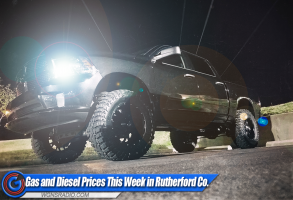Surveys from tire manufacturers and the National Highway Traffic Safety Administration (NHTSA) consistently show a disturbing trend: The majority of vehicles on the road have at least one underinflated tire. And that's not all: 27% of vehicles have at least one severely underinflated tire, and the majority of drivers are indifferent to bald tires.
Having tires adequately inflated and maintained can keep you driving safely and improve your gas mileage. According to the Department of Energy, you can improve your fuel efficiency by up to 3.3% by keeping your tires properly inflated. Want to determine whether your tires are up to snuff? Consider the following.
Pressure: Driving with improperly inflated tires can result in tire failure, shorten tire life, and increase fuel consumption. Check your tires with a pressure gauge at least once a month or before long road trips, and remember: Your vehicle manufacturer, not your tire maker, recommends the proper inflation. For the most accurate reading, make sure your tires are cool.
Tread: Tread helps prevent skidding or hydroplaning. For normal road conditions, replace your tires if they are worn down to 1/16 of an inch deep or if the tire indicators (raised sections between tread grooves) appear even with the outside of the tread. Alignment: Potholes and curbs can throw your front end out of alignment and damage your tires. Have your vehicle checked regularly by a professional.
Rotation: Regular rotation












